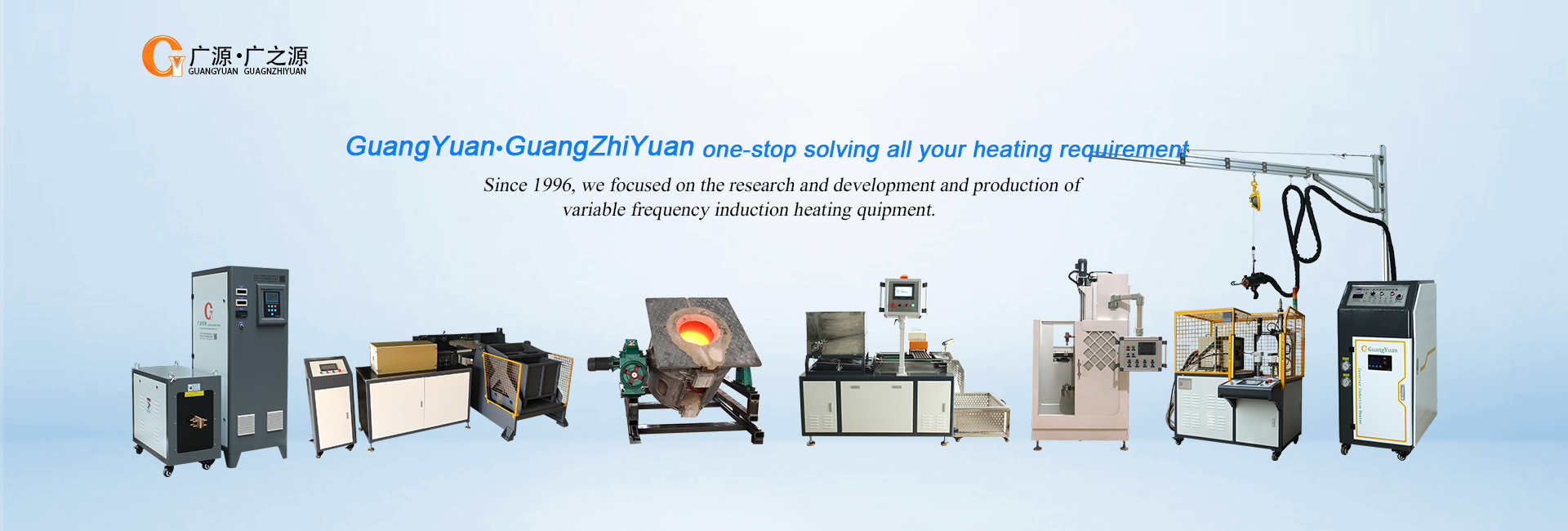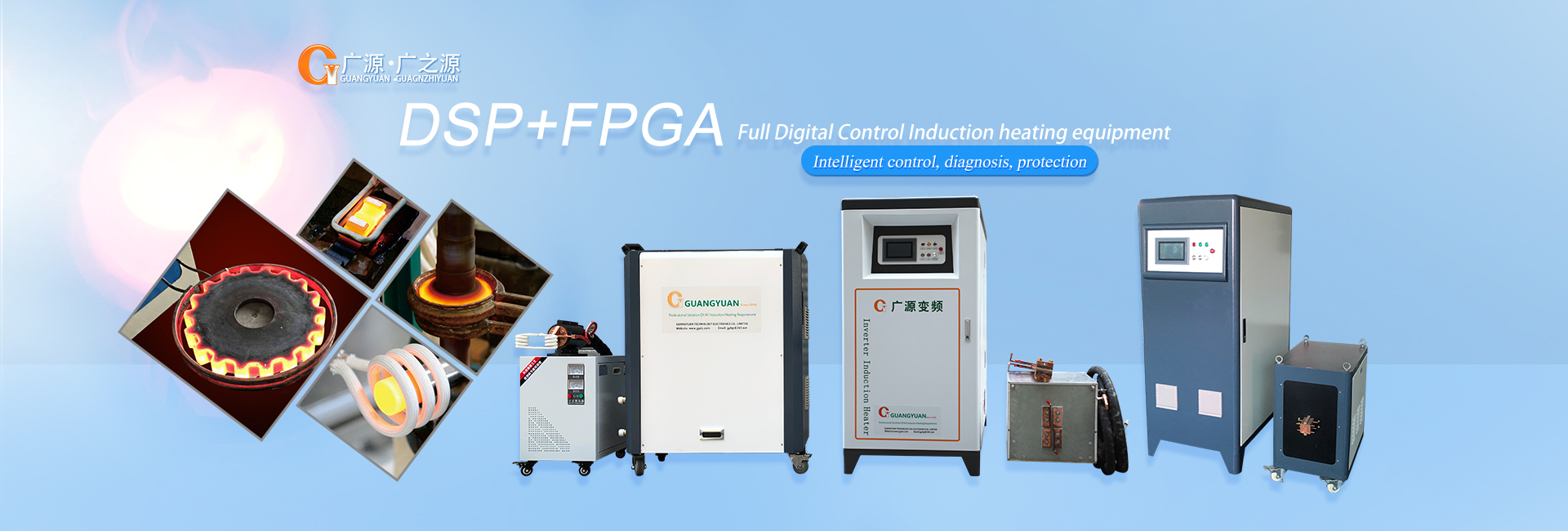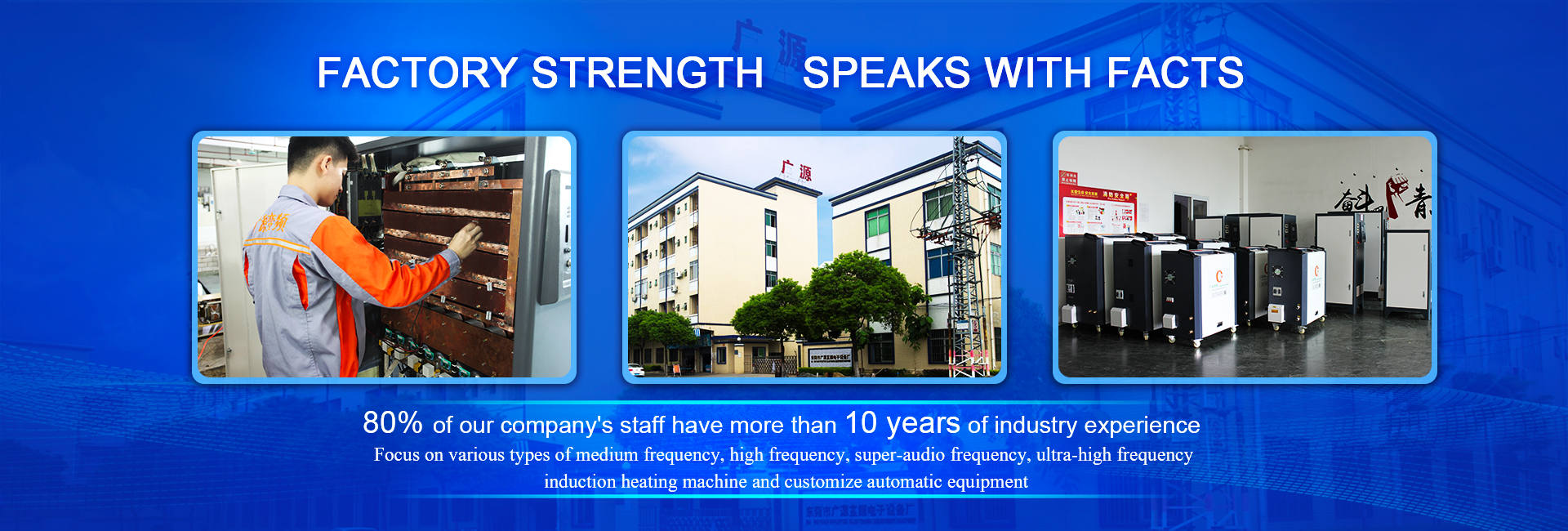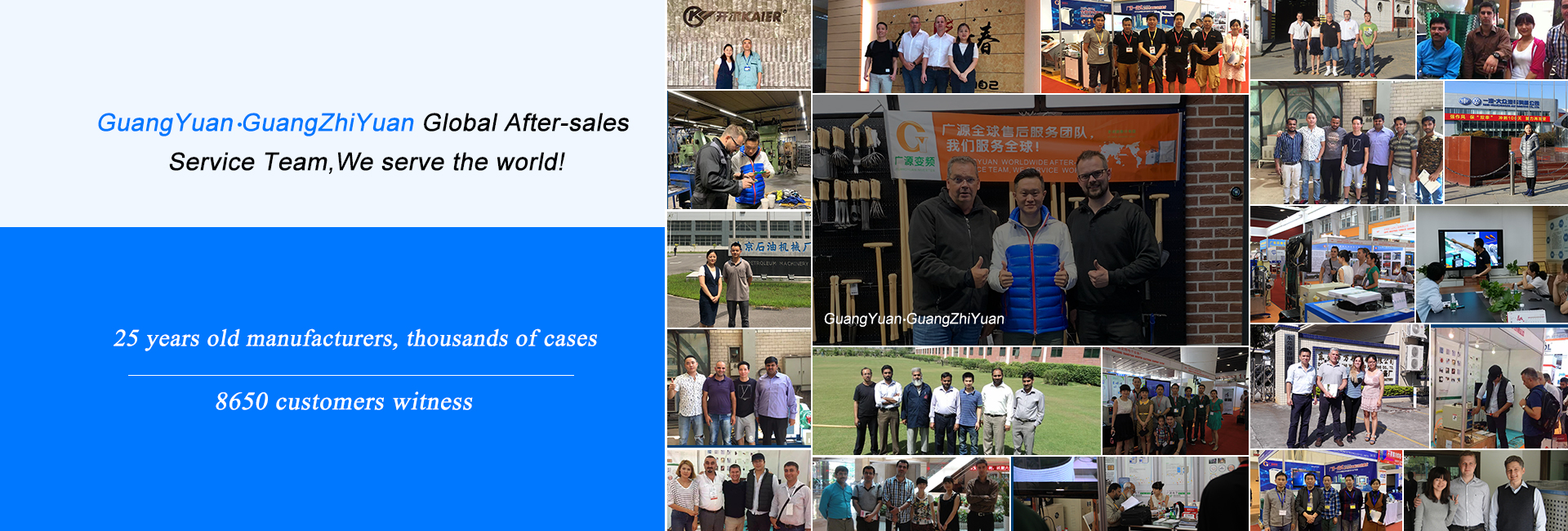Advantages and disadvantages of induction heating heat treatment
Source:本站 Time:2021/8/20 10:13:44 frequency:
The workpiece material for induction heating surface quenching is generally
medium carbon steel. In order to meet the special needs of some workpieces, a
special low hardenability steel for induction heating surface quenching has been
developed. Induction heating surface quenching can also be used for workpieces
made of high carbon steel and cast iron. Quenching medium is usually water or
polymer aqueous solution.
The main advantages of induction heating are:
① No overall heating is necessary, the workpiece deformation is small, and the power consumption is small.
② Pollution free.
③ The heating speed is fast, and the oxidation and decarburization of the workpiece surface is light.
④ The surface hardening layer can be adjusted according to needs and is easy to control.
⑤ The heating equipment can be installed on the machining production line, which is easy to realize mechanization and automation, easy to manage, reduce transportation, save manpower and improve production efficiency.
⑥ The hardened layer has fine martensite structure and high hardness, strength and toughness.
⑦ After surface quenching, there is a large compressive internal stress on the surface of the workpiece, and the fatigue breaking resistance of the workpiece is high.
Induction heating heat treatment also has some disadvantages. Compared with flame quenching, induction heating equipment is more complex and has poor adaptability. It is difficult to ensure the quality of some workpieces with complex shapes.
The main advantages of induction heating are:
① No overall heating is necessary, the workpiece deformation is small, and the power consumption is small.
② Pollution free.
③ The heating speed is fast, and the oxidation and decarburization of the workpiece surface is light.
④ The surface hardening layer can be adjusted according to needs and is easy to control.
⑤ The heating equipment can be installed on the machining production line, which is easy to realize mechanization and automation, easy to manage, reduce transportation, save manpower and improve production efficiency.
⑥ The hardened layer has fine martensite structure and high hardness, strength and toughness.
⑦ After surface quenching, there is a large compressive internal stress on the surface of the workpiece, and the fatigue breaking resistance of the workpiece is high.
Induction heating heat treatment also has some disadvantages. Compared with flame quenching, induction heating equipment is more complex and has poor adaptability. It is difficult to ensure the quality of some workpieces with complex shapes.
Focus on us

WECHAT PUBLIC CENTRE




